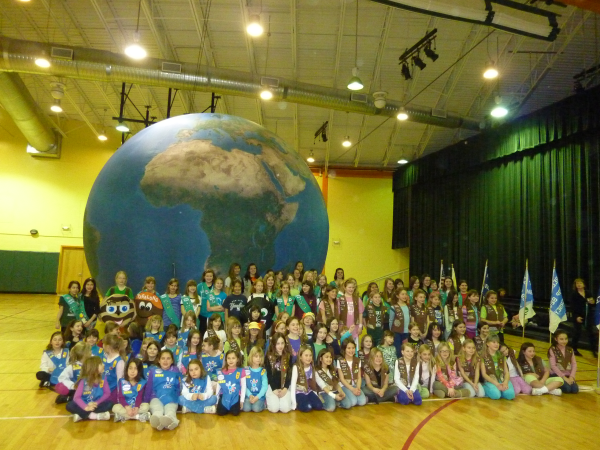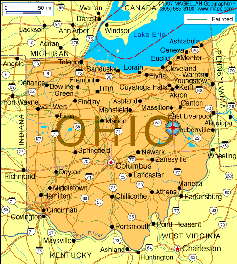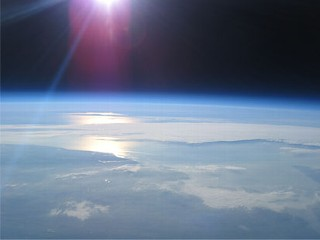Just a teaser here... Mobile Ed Productions will be making a great announcement in the next few days very relevant to the world of Texas school assemblies and science assemblies. Stay tuned for details!
Education Through Entertainment
Just a teaser here... Mobile Ed Productions will be making a great announcement in the next few days very relevant to the world of Midwest school assemblies and science assemblies. Stay tuned for details!
We spoke not too long ago about how well school assemblies and science assemblies work for Scout events. At the time we referenced in particular how great science assemblies like our Chemistry program are for the entertainment portion of Cub Scout Blue and Gold Banquets. All very true! Cub Scouts and science assemblies make a perfect match.
Last week the Space Shuttle Discovery made its final launch into space. I came across this incredible video showing the launch, not from the ground as we are accustomed to viewing it, but rather from the vantage of a high altitude aircraft. Have a look for yourself....
There is an old Chinese curse that says “May you live in interesting times!” Well if that is a true curse then we are really cursed these days!
Following in our recent line of “shout outs” to great school assembly performers, a little recognition for a long time favorite of ours, Ms. Kathleen Day, our auburn haired heroin from Springfield, Ohio!
So what do Green Bay, Wisconsin, Pittsburgh, Pennsylvania and Dallas, Texas all have in common? The 2011 Superbowl, right? Well, yes, of course! But something else, too. Mobile Ed visits schools in all three places to perform school assemblies.! There, now you knew that, right? :-)
Earth Balloon school assemblies have been on my mind a great deal lately as I have been watching the events unfolding in Egypt. What an amazing turn of events to witness! Thirty years of rule in one of the Earth’s most ancient countries may be coming to a sudden end. The world waits watchfully to see how this story unfurls.
Here is something current. In Queensland, Australia, recent flooding caused massive evacuations and covered an enormous area with deep water. The water damage will run into the millions of dollars, and was responsible for some loss of life. Overall, it has been a huge and unprecedented tragedy. An early article from the NASA Earth Observatory (http://earthobservatory.nasa.gov/NaturalHazards/view.php?id=48420) shows some amazing photos of the affected area. All this reminded me of the mind-boggling technology available providing these simply awesome satellite images and how they contribute to our being able to understand the magnitude of our planet in ways previously unimaginable while at the same time bringing everything closer. Google Earth alone stands as one of the most incredible tools I have ever seen for teaching about our planet. Even your aging writer continues to marvel away hours with that toy!
Wow, the English are beating us into space. Seriously! No, I don’t mean officially, with rockets and astronauts and stuff. I mean ordinary people!
















